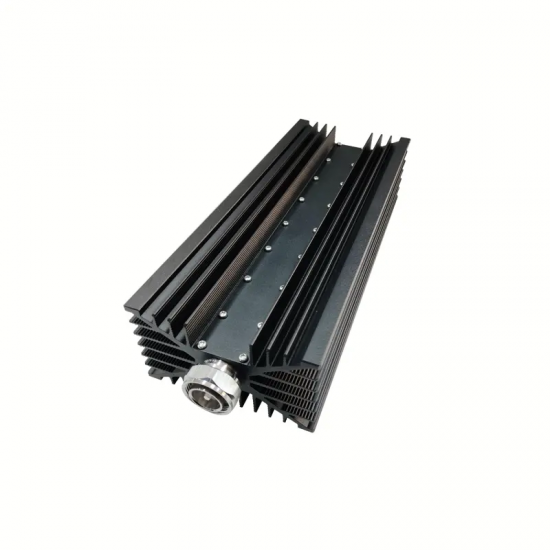-
 How To Test The Power of a Load
May , 21 2025
How To Test The Power of a Load
May , 21 2025
To test the power of a load, you can follow these steps: Gather Equipment: You'll need a multimeter, wattmeter, or power analyzer, depending on the accuracy required. Connect the Load: Ensure the load (such as a resistor, motor, or appliance) is properly connected to the power source. Measure Voltage: Use the multimeter to measure the voltage across the load. Make sure to set the multimeter to the...
View more
-
 Common Connector Types for RF Passive Components
Jun , 10 2025
Common Connector Types for RF Passive Components
Jun , 10 2025
In the world of RF passive components—such as couplers, attenuators, splitters, and terminators—RF connectors play a crucial role in ensuring signal integrity, mechanical reliability, and ease of integration. Choosing the right connector is essential for system performance, especially in 4G/5G base stations, DAS (Distributed Antenna Systems), and other high-frequency communication systems. Below, ...
View more
-
 What Is the Difference Between a Power Divider and a Power Splitter?
Jun , 18 2025
What Is the Difference Between a Power Divider and a Power Splitter?
Jun , 18 2025
1. Basic Function — What Do They Both Do? At a high level, both power splitters and power dividers are passive RF components designed to: Take one input signal Split it into two or more output signals Maintain specific impedance (typically 50Ω or 75Ω) Preserve signal integrity as much as possible These devices are commonly used in test setups, antenna feeds, distributed antenna systems (DAS), and ...
View more
-
 What's the Difference Between Microstrip and Cavity Power Dividers?
Jun , 26 2025
What's the Difference Between Microstrip and Cavity Power Dividers?
Jun , 26 2025
1. What Is a Microstrip Power Divider? A microstrip power divider is fabricated using PCB (printed circuit board) technology. It typically consists of microstrip lines, branch networks, and resistors. Often based on Wilkinson design principles, microstrip dividers offer good impedance matching and moderate port isolation. Key Features of Microstrip Power Dividers: Compact and lightweight — Ideal f...
View more
-
 Understanding Low PIM in RF Passive Components: Why It Matters
Jul , 17 2025
Understanding Low PIM in RF Passive Components: Why It Matters
Jul , 17 2025
What is PIM and Why "Low" PIM is Critical? PIM stands for Passive Intermodulation, a form of signal distortion that occurs when two or more high-power RF signals mix within a passive component—such as connectors, cables, power splitters, couplers, or antennas—and create unwanted interference at new frequencies. These new frequencies can degrade system performance, reduce data throughput, and affec...
View more
-
 What Does a Mismatched Coupled Port Actually Affect in a Directional Coupler?
Jul , 23 2025
What Does a Mismatched Coupled Port Actually Affect in a Directional Coupler?
Jul , 23 2025
Directional couplers are widely used in RF systems for signal sampling, power monitoring, VSWR detection, and PIM testing. While these components are passive by nature, their performance is highly dependent on how each port is terminated—especially the coupled port. In real-world applications, improper termination of the coupled port—either by leaving it open, using poorly matched devices, or low-...
View more
-
 Improving Passive Component Performance in DAS Networks
Jul , 31 2025
Improving Passive Component Performance in DAS Networks
Jul , 31 2025
1. Introduction: The Role of Passive Components in DAS Distributed Antenna Systems (DAS) play a vital role in enhancing wireless coverage in complex environments like airports, stadiums, hospitals, and office buildings. While active equipment such as base stations and repeaters often receive the most attention, passive components—such as power splitters, directional couplers, loads, tappers, and h...
View more
-
 How to Avoid PIM Interference in DAS Systems
Aug , 07 2025
How to Avoid PIM Interference in DAS Systems
Aug , 07 2025
In Distributed Antenna Systems (DAS), Passive Intermodulation (PIM) is one of the most common yet overlooked causes of performance degradation. While DAS networks are designed to enhance wireless coverage and capacity, PIM can severely compromise signal quality, leading to dropped calls, reduced data throughput, and costly troubleshooting. This article outlines the practical measures and engineeri...
View more
 How To Test The Power of a Load
May , 21 2025
How To Test The Power of a Load
May , 21 2025